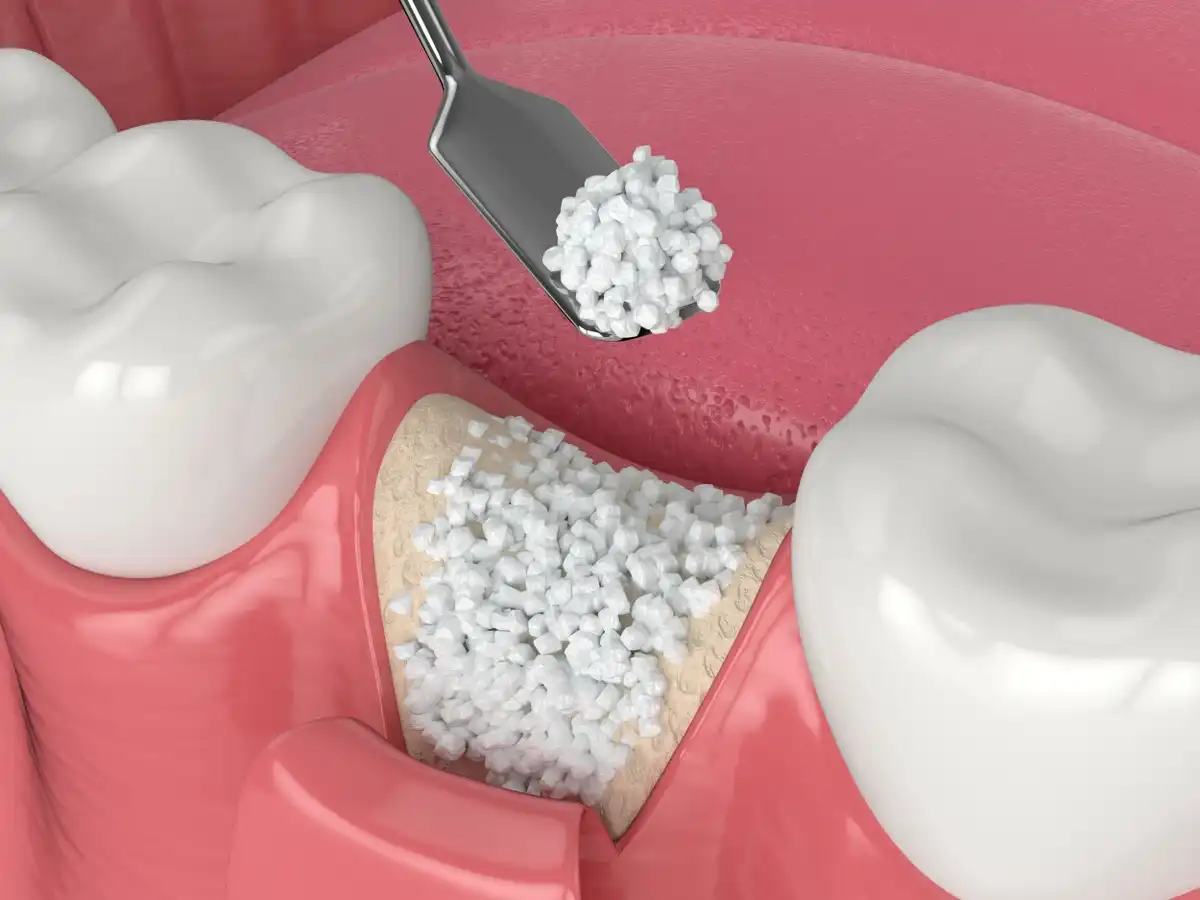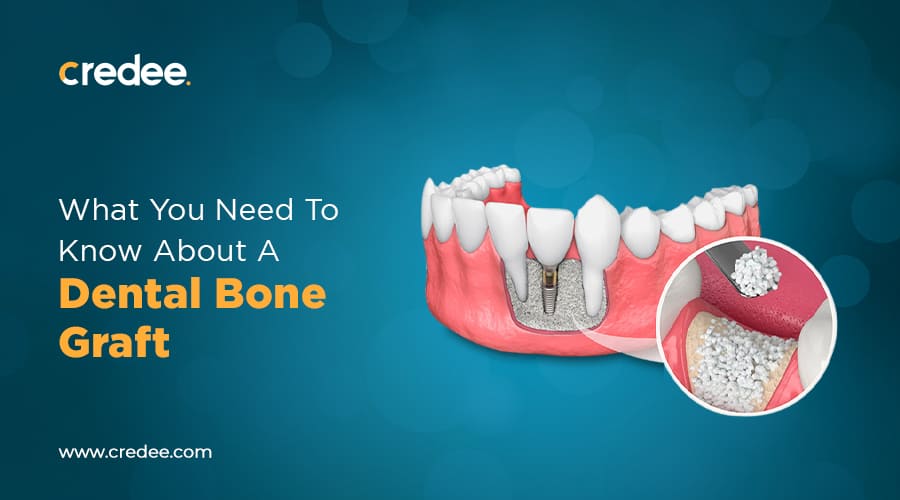Bone Graft Cost Factors
How much does a bone graft cost without insurance – The cost of a bone graft can vary widely depending on several factors. Understanding these factors can help you make informed decisions about your treatment options.
Types of Bone Grafts and Their Costs
The type of bone graft used significantly influences the overall cost. Here’s a breakdown of the different types and their associated price ranges:
- Autografts:These are bone grafts taken from the patient’s own body, typically from the iliac crest (hip bone). Autografts are considered the gold standard due to their excellent integration and low risk of rejection. However, they are also the most expensive type of bone graft, costing anywhere from $2,000 to $5,000depending on the amount of bone needed.
- Allografts:These are bone grafts taken from a deceased donor. Allografts are less expensive than autografts, with costs ranging from $1,000 to $3,000. However, they carry a slightly higher risk of rejection and infection.
- Xenografts:These are bone grafts taken from a different species, usually from cows or pigs. Xenografts are the least expensive option, with costs ranging from $500 to $1,500. However, they have a higher risk of rejection and infection compared to autografts and allografts.
- Synthetic Bone Grafts:These are bone grafts made from synthetic materials, such as calcium phosphate or hydroxyapatite. Synthetic bone grafts are becoming increasingly popular due to their affordability and low risk of rejection. They can cost anywhere from $500 to $2,000, depending on the material and the size of the graft.
Factors Influencing Bone Graft Cost
Several factors can influence the overall cost of a bone graft procedure. These include:
- Location of the Procedure:The cost of a bone graft can vary depending on the location of the procedure. For example, a bone graft procedure performed in a major metropolitan area is likely to be more expensive than one performed in a rural area.
- Surgeon’s Experience:The experience and expertise of the surgeon performing the procedure can also affect the cost. Surgeons with more experience and a higher reputation may charge higher fees.
- Complexity of the Surgery:The complexity of the surgery is another important factor. A more complex procedure, such as a bone graft for a spinal fusion, will typically be more expensive than a simpler procedure, such as a bone graft for a tooth extraction.
- Hospital or Surgical Center:The facility where the procedure is performed can also influence the cost. Some hospitals or surgical centers may have higher overhead costs, which can be reflected in their pricing.
Cost Comparison of Bone Graft Materials
The cost of different bone graft materials can vary significantly. Synthetic bone grafts are typically the least expensive option, followed by allografts. Autografts are the most expensive option. However, it’s important to note that the cost of the bone graft material is only one part of the overall cost of the procedure.
Other factors, such as the surgeon’s fees and the facility fees, will also contribute to the total cost.
Typical Bone Graft Costs

The cost of a bone graft without insurance can vary significantly depending on several factors, including the type of graft, the complexity of the procedure, and the geographic location. However, a general understanding of typical costs can help individuals better prepare for potential expenses.
Bone Graft Cost Estimates
The following table provides a range of estimated costs for common bone graft procedures without insurance. These are average costs and may vary based on individual circumstances.
| Type of Bone Graft | Average Cost | Cost Range | Factors Affecting Cost |
|---|---|---|---|
| Autograft (taken from the patient’s own body) | $5,000
|
$3,000
|
Site of bone harvest, complexity of procedure, and surgeon’s fees. |
| Allograft (taken from a donor) | $4,000
|
$2,000
|
Donor tissue source, processing costs, and surgeon’s fees. |
| Synthetic Bone Graft (man-made material) | $3,000
|
$1,500
|
Type of synthetic material used, complexity of the procedure, and surgeon’s fees. |
Additional Costs, How much does a bone graft cost without insurance
Beyond the cost of the bone graft itself, additional expenses may be incurred. These can include:
Anesthesia
General anesthesia is often required for bone graft procedures, adding $1,000$3,000 to the total cost.
Hospital Fees
If the procedure is performed in a hospital setting, expect additional fees for operating room time, supplies, and overnight stays.
Follow-up Appointments
Multiple follow-up appointments with the surgeon and other healthcare professionals may be necessary for monitoring healing and recovery.
Prescriptions
Medications for pain management and infection prevention will be additional expenses.
Physical Therapy
Physical therapy may be recommended to aid in recovery and regain mobility.
Financing Options
Paying for a bone graft can be a significant financial burden, especially without insurance. However, several financing options are available to help patients manage these costs.
Personal Loans
Personal loans can provide a lump sum of money that can be used to pay for medical expenses.
- Benefits:Personal loans offer fixed interest rates and repayment terms, providing predictability and budgeting flexibility. They are typically easier to qualify for than medical credit cards and may have lower interest rates.
- Drawbacks:Interest rates on personal loans can be higher than other financing options. You may need good credit to qualify for a loan with a favorable interest rate.
Medical Credit Cards
Medical credit cards are specifically designed for healthcare expenses.
- Benefits:Medical credit cards often offer introductory 0% APR periods, allowing you to avoid interest charges for a limited time. Some cards may offer rewards or cash back on healthcare purchases.
- Drawbacks:Medical credit cards can have high APRs after the introductory period, making them expensive if not paid off quickly. They may also have annual fees.
Payment Plans
Many healthcare providers offer payment plans for their services.
- Benefits:Payment plans allow you to spread out the cost of your bone graft over time, making it more manageable. They may offer lower interest rates than other financing options.
- Drawbacks:Payment plans may have a limited time frame, and late fees may apply if payments are not made on time.
Financial Assistance Resources
Several resources can provide financial assistance to patients who need help paying for medical expenses.
- Patient Advocacy Groups:Organizations like the Patient Advocate Foundation (PAF) offer financial assistance programs and resources for patients facing medical bills. They can help patients navigate the healthcare system and access available resources.
- Charitable Organizations:Many charitable organizations, such as the American Cancer Society and the National Multiple Sclerosis Society, provide financial assistance for specific medical conditions. They may offer grants or loans to help patients cover medical expenses.
Cost Comparison with Alternatives

Bone grafts are not the only treatment option for bone injuries. Several alternatives exist, each with its own set of advantages and disadvantages. Understanding these alternatives can help you make an informed decision about the best treatment for your specific situation.
Comparison of Treatment Options
The cost of a bone graft can vary significantly depending on factors such as the type of bone graft, the location of the injury, and the surgeon’s fees. However, it is generally considered a more expensive treatment option compared to other alternatives.
Here’s a comparison of the costs and benefits of different treatment options for bone injuries:
| Treatment Option | Average Cost | Advantages/Disadvantages |
|---|---|---|
| Bone Graft | $5,000
|
|
| Non-Surgical Treatments | $500
|
|
| Other Surgical Procedures | $2,000
|
|
For example, a non-surgical treatment option like immobilization with a cast or brace may be sufficient for a simple fracture, while a more complex fracture might require a bone graft or other surgical procedure. Non-surgical treatments are generally less expensive and have a shorter recovery time compared to surgical procedures.
However, they may not be effective for all bone injuries and may require a longer treatment duration. Other surgical procedures, such as internal fixation with plates and screws, can provide a more stable repair for certain bone injuries and may have a shorter recovery time than bone grafts.
However, these procedures are more invasive and have a higher potential for complications.It is important to consult with an orthopedic surgeon to determine the best treatment option for your specific bone injury. They will consider factors such as the severity of the injury, your age, overall health, and lifestyle to recommend the most appropriate treatment.
Seeking a Consultation
Before committing to a bone graft procedure, it is crucial to schedule a consultation with an orthopedic surgeon or a specialist. This consultation serves as an opportunity to gain a comprehensive understanding of the procedure, its associated costs, and alternative treatment options.
Key Questions to Ask During a Consultation
A consultation with an orthopedic surgeon or a specialist is essential for discussing bone graft costs and treatment options. The consultation allows you to gain a clear understanding of the procedure, its associated costs, and alternative treatment options.
- Discuss the specific type of bone graft recommended and the rationale behind it.
- Explore the estimated cost of the bone graft procedure, including surgeon fees, facility fees, and any additional expenses.
- Inquire about available financing options, such as payment plans, loans, or insurance coverage.
- Explore alternative treatment options, including non-surgical approaches, and their associated costs.
- Discuss the potential risks and complications associated with the bone graft procedure.
- Clarify the expected recovery time and any necessary post-operative care.
- Obtain information about the surgeon’s experience and success rates with bone graft procedures.
Preparing for Your Consultation
To make the most of your consultation, it is beneficial to arrive prepared with a list of questions. This will help you gather the necessary information and make informed decisions about your treatment plan.
- List any current medications or supplements you are taking.
- Prepare a detailed medical history, including any previous surgeries or conditions.
- Bring a list of questions you have regarding the bone graft procedure.
- Inquire about the availability of a detailed cost breakdown for the procedure.
- Ask about the availability of patient testimonials or success stories related to bone graft procedures.
- Gather information about the surgeon’s credentials and experience.
Answers to Common Questions: How Much Does A Bone Graft Cost Without Insurance
What are the most common types of bone grafts?
Common types include autografts (taken from the patient’s own body), allografts (taken from a deceased donor), and xenografts (taken from another species, like a cow).
Are there any government programs that can help with bone graft costs?
While there’s no specific government program for bone grafts, some programs like Medicaid or Medicare might cover a portion of the cost depending on eligibility.
How long does it take to recover from a bone graft procedure?
Recovery time varies based on the type of graft, the complexity of the procedure, and individual factors. Your surgeon will provide a personalized recovery timeline.
Can I negotiate the cost of a bone graft?
It’s possible to negotiate with the surgeon or hospital, but success depends on factors like your insurance coverage and the specific circumstances.